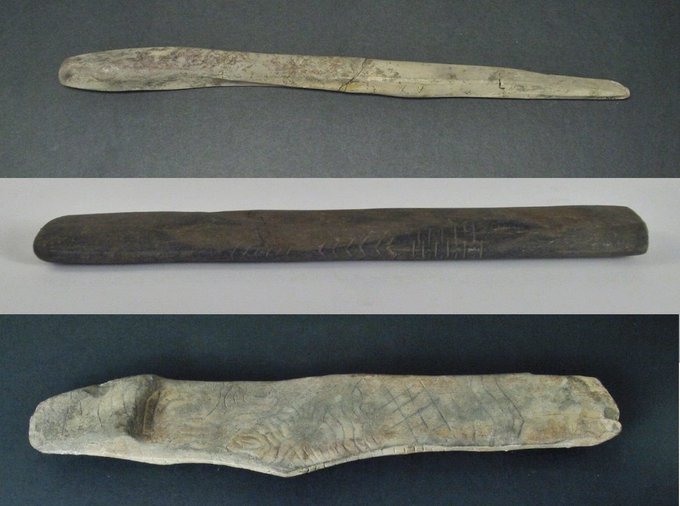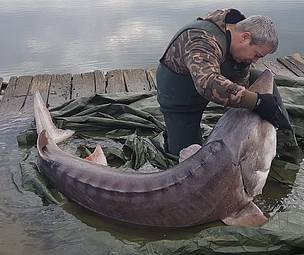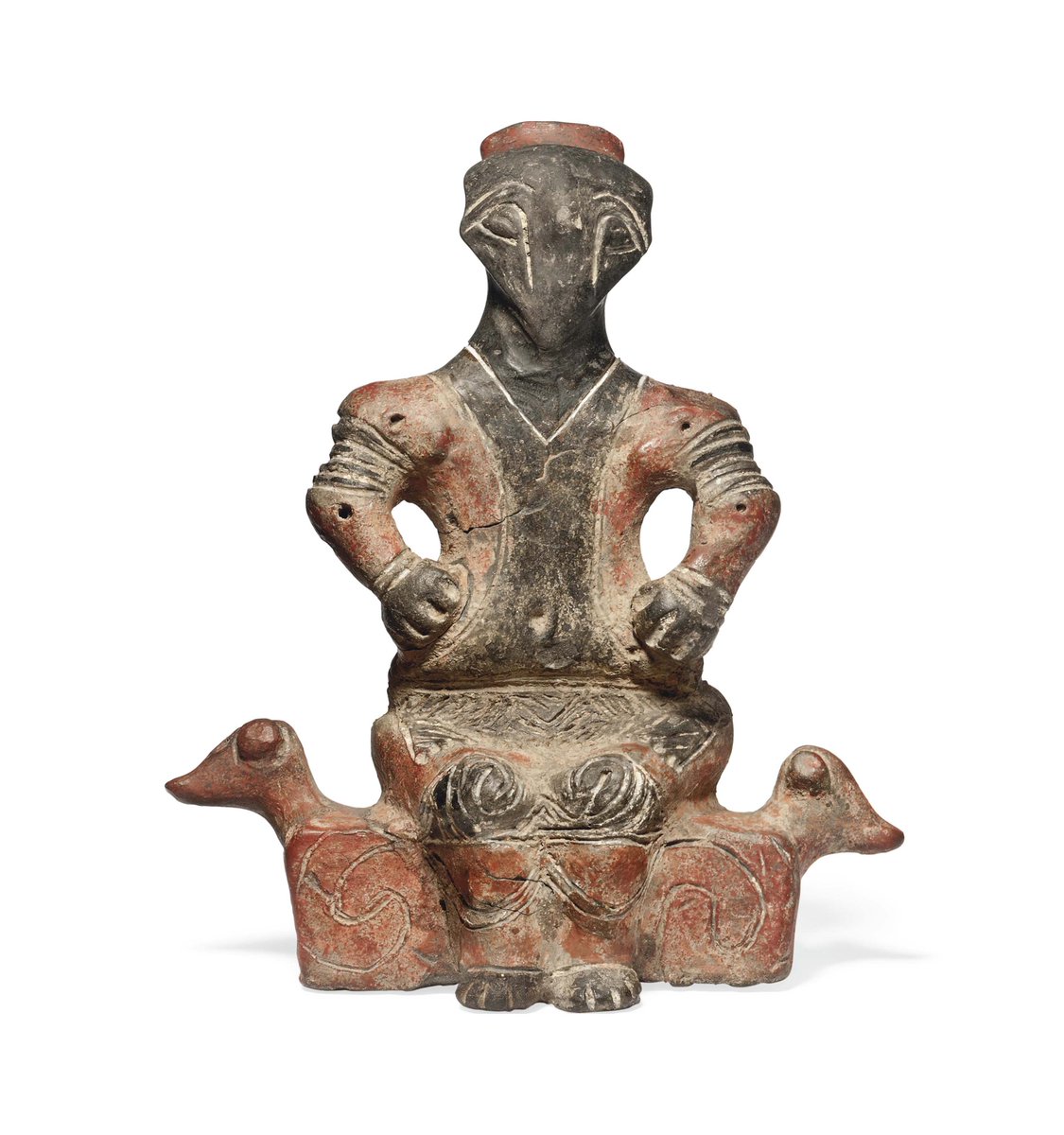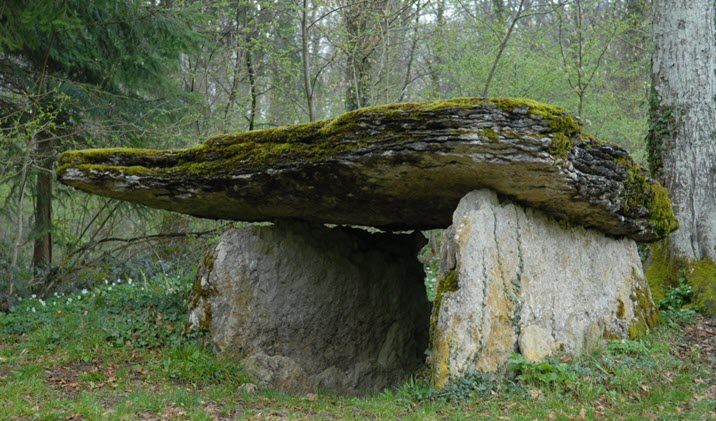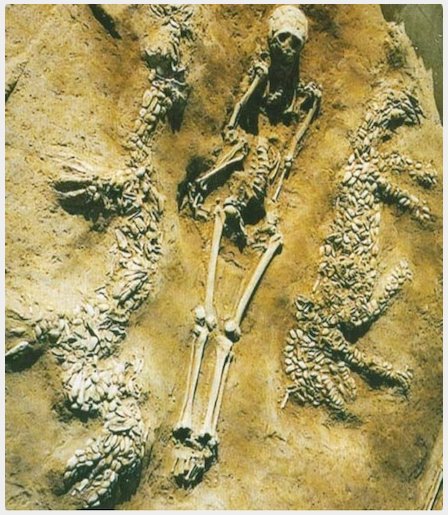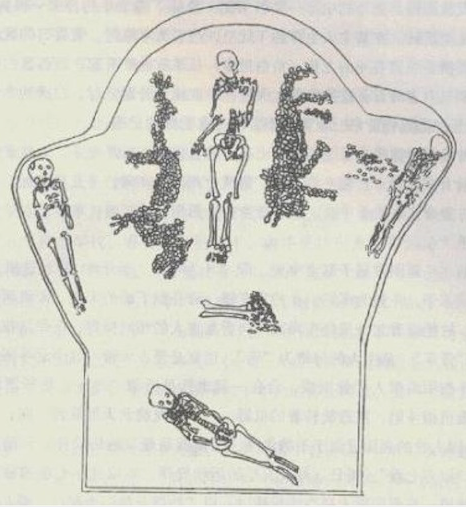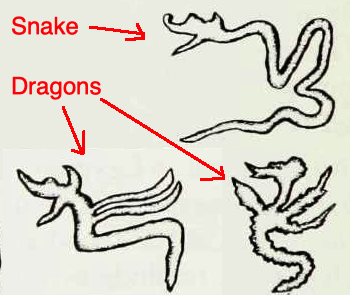
Thread: WTF. How did I not know about this???
Left, an incised figurine from Draguşeni, Cucuteni phase A (late 6th millennium BC)
Right, a reconstruction of the pattern of body wrapping
Left, an incised figurine from Draguşeni, Cucuteni phase A (late 6th millennium BC)
Right, a reconstruction of the pattern of body wrapping

Left, an incised figurine from Draguşeni, Cucuteni tradition
phase A (late 6th millennium BC)
Right, reconstruction of the pattern of body wrapping
phase A (late 6th millennium BC)
Right, reconstruction of the pattern of body wrapping
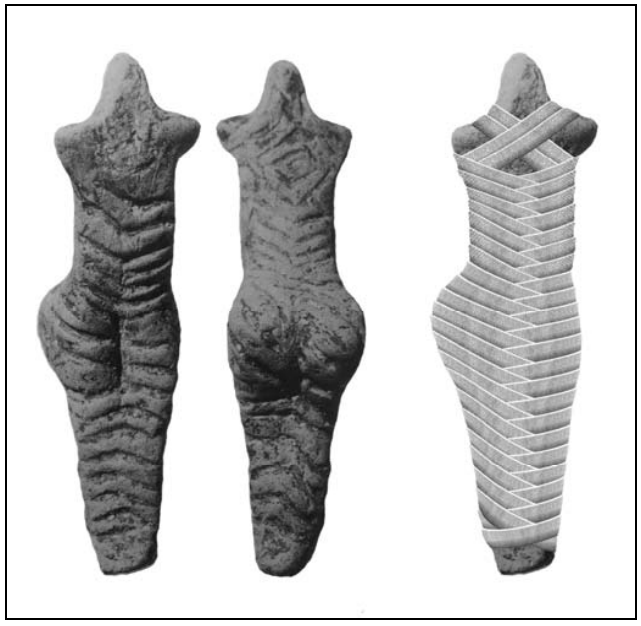
I talked a lot about South Eastern European Neolithic/Chalcolithic Cucuteni culture in this thread from yesterday
https://twitter.com/serbiaireland/status/1355975188266029058
The above two illustrations are just a sample from the article "Ritual Technology: An Experimental Approach to Cucuteni-Tripolye Chalcolithic Figurines" researchgate.net/publication/27…
In it we read that: An argument in favor of the funerary model was the unusual anatomical details of the human body: the emphasised shoulders, the absence of arms and the superposition of the legs (modeled as the twisted ends of the conical feet)...
All traits which can be observed on the mummified bodies or the skeletons enveloped in vegetal or textile bandages like those in the early Cernica Chalcolithic cemetery, dated to the Boian tradition (5th millennium BC). en.wikipedia.org/wiki/Boian_cul… 

I couldn't find (after only a short search in fairness, no time now) anything about this cemetery which mentions textile bandages...If anyone has any link to an article in any language that talks about it, please post it here...
And the oldest one which was embalmed and wrapped dates to dates to 3700-3500 BC. It was discovered near the southern city of Gebelein on the Nile River...
This mummy, kept in the Turin museum, which was until recently thought to have been naturally mummified by the desert conditions, turned out to have been embalmed in natural resin and wrapped in linen... livescience.com/63351-mummy-ol…
Apparently, the mummification of the pharaohs started around 2800BC. It was an expensive process only available to the elite... So who were the guys who were mummified 1000 years earlier?
That is quite amazing...Right? Any link Between Balkans and Egypt here? Well we know about this link:
https://twitter.com/serbiaireland/status/1307355606928498688
• • •
Missing some Tweet in this thread? You can try to
force a refresh


